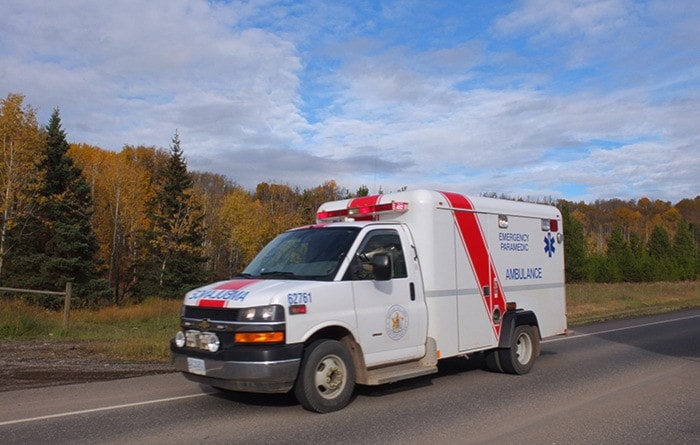With files from Cecile Favron
The Hazeltons will soon have newly-hired community paramedics to provide non-emergency care to patients and fill in gaps in local health services.
The BC Emergency Health Service is hiring two part-time first responders under their community paramedicine program.
The new role aims to help seniors over 65 deal with non-urgent needs such as blood pressure checks, assistance with diabetic care, medication monitoring, and recommending changes to a home to mitigate falling risks.
“Our whole goal is to help keep people at home and out of the hospital system,” said BC Ambulance Service district manager Rick Loucks. “We’re going into the people’s home and seeing how they’re living and what can we do help improve that.”
The program was first tested last year in three northern towns, including Hazelton, and has now been expanded by the provincial government to encompass 73 B.C. communities.
Patti Thompson worked as Hazelton’s community paramedic for the past year and said the program allows paramedics to use their health care skills even while they are not responding to emergencies.
Community paramedics have similar powers to primary care paramedics.
They can employ certain drugs and do intravenous therapy, for example, but Loucks said community paramedics would probably not do these procedures unless in an emergency.
Since the pilot program began in April of last year, Thompson has been working with Northern Health through Hazelton’s Wrinch Memorial Hospital and local First Nations health clinics to identify patients who need extra health care.
Thompson stressed that the program does not take first responders away from emergency calls, but allocates extra time to care for the community. By doing that, it also guarantees much-needed hours for part-time first responders, Thompson noted.
“It’s giving a little more stability to our rural paramedics while keeping the people that we need in our communities,” she explained, citing that a lack of full-time positions makes keeping experienced paramedics on staff challenging.
“The few clients I’ve worked with, I’ve already seen the positive benefits to it,” remarked Thompson.
“The exciting thing is, we’ve got a lot of different agencies involved and everyone is working together and making plans for the health and welfare of community members.”
Thompson was previously the chief paramedic for Hazelton, but has since started working part-time in Williams Lake and plans to hand the community position over to local staff in July.
The community paramedic positions are expected to be filled by current staff around the same time, she said.
